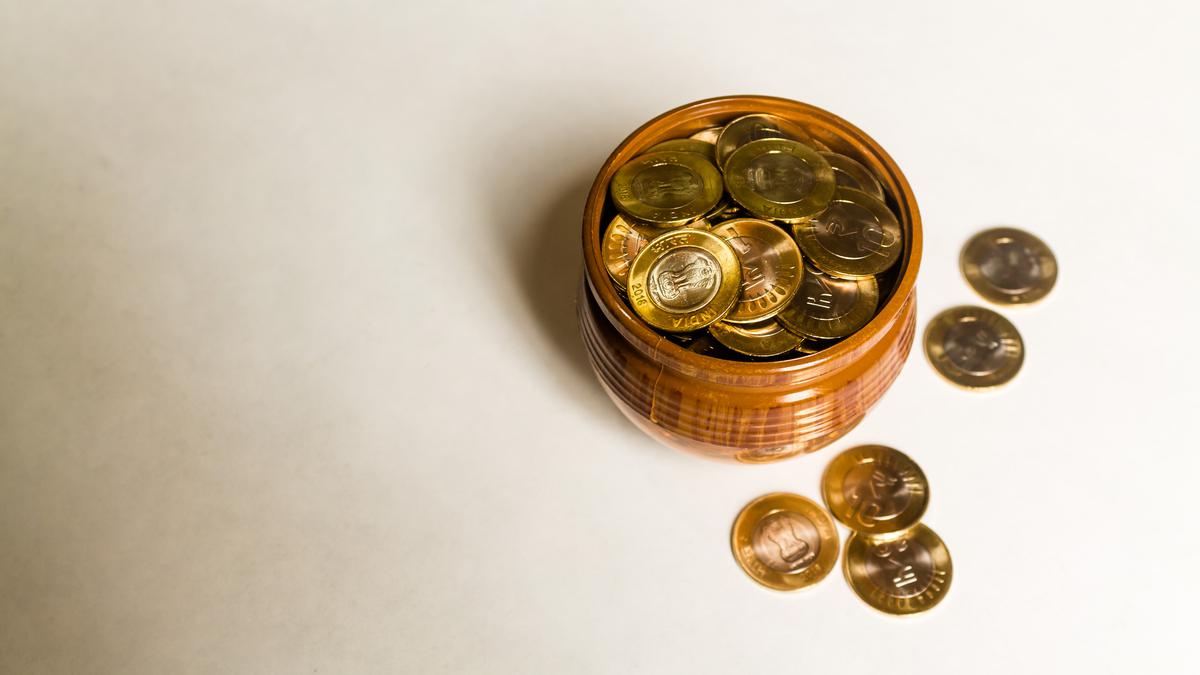Explained | RBI’s new pilot project on coin vending machines

For representative purposes only
| Photo Credit: Getty Images
The story so far: RBI Governor Shaktikanta Das had stated during the last Monetary Policy Committee (MPC) address that the apex banking regulator, in collaboration with banks, would be launching a pilot project to assess the functioning of a QR-code based coin vending machine.
What is the project about?
In simple words, the vending machines would dispense coins with the requisite amount being debited from the customer’s account using United Payments Interface (UPI) instead of physical tendering of banknotes. Customers would be endowed the option of withdrawing coins in required quantities and denominations. The central idea here is to ease the accessibility to coins.
On the supply side of things, T. Rabi Shankar, Deputy Governor at the Reserve Bank of India (RBI) had stated that the situation with respect to coins was “peculiar” with the supply being “very high”. “It is taking up a lot of storage space and it is not getting properly distributed. At the same time, there is demand in pockets,” added the Deputy Governor.
The proposed mechanism for coin dispensation would be a departure from the conventional machines which relied on banknotes for facilitating coin exchanges. Further, the proposed machine would eliminate the need for physical tendering of banknotes and their authentication. It was observed that the currency being fed into the machines (for coin exchange) were often found to be fake and could not be checked right at that point of time. Thus, the mandate to eliminate the physical tendering of banknotes. The pilot is initially planned to be rolled out at 19 locations in 12 cities across the country. With particular focus on ease and accessibility, the machines are intended to be installed at public places such as railway stations, shopping mall and marketplaces.
Are coins significant in our ecosystem?
As per the latest RBI bulletin, the total value of circulation of rupee coins stood at ₹28,857 crore as of December 30 last year. The figure is an increase of 7.2% from the year-ago period. Circulation of small coins remained unchanged at ₹743 crore. For perspective, coins in India are issued in denominations of 50 paise, one rupee, two rupees, five rupees, ten rupees and twenty rupees. Coins of up to 50 paise are called ‘small coins’ while those of one rupee and above are called ‘rupee coins’.
The figures above could be compared to the volume of digital payments until December 2022 which stood at approximately ₹9,557.4 crore, as per the Digidhan Dashboard. The number is inclusive of mobile banking, internet banking, IMPS, BHIM-UPI and NEFT, among others. The reliance on UPI for dispensing coins is particularly noteworthy and it must be recalled that the payments interface for feature phones was launched in March last year. The apex regulator is also in the midst of a pilot for the Central Bank Digital Currency (CBDC).
Is it going against the digital push?
According to Vipul Kharbanda, non-resident fellow at the Centre for Internet and Society (CIS) the proposal should not be viewed as a “zero-sum game of digital versus cash.” The two can easily supplement each other. “This should not be looked at from a very dogmatic point of view rather a pragmatic one. If digitalisation is not solving a particular problem at this given point of time, then it is very much within RBI’s purview to use other means available to achieve its ultimate objective that is to operate the currency system of the country,” Mr. Kharbanda argues.
For all the latest business News Click Here

